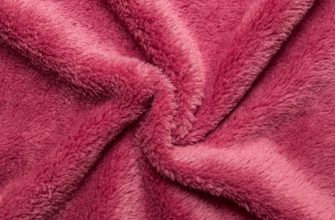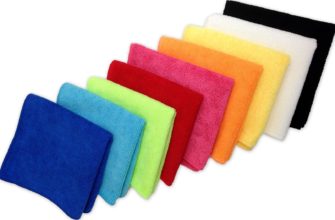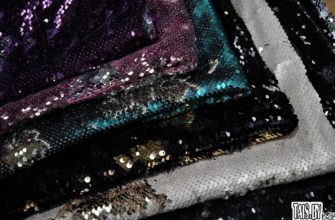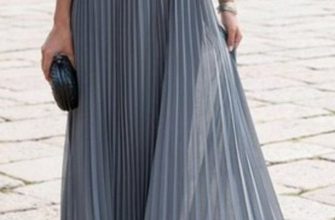Many people at some point in their lives are faced with buying fabric for an awning. The market offers a huge variety, in which it is necessary to choose the right and high-quality material.
Types
Awning fabric can be made from completely different materials, each of which has its own properties and is used in a particular situation.
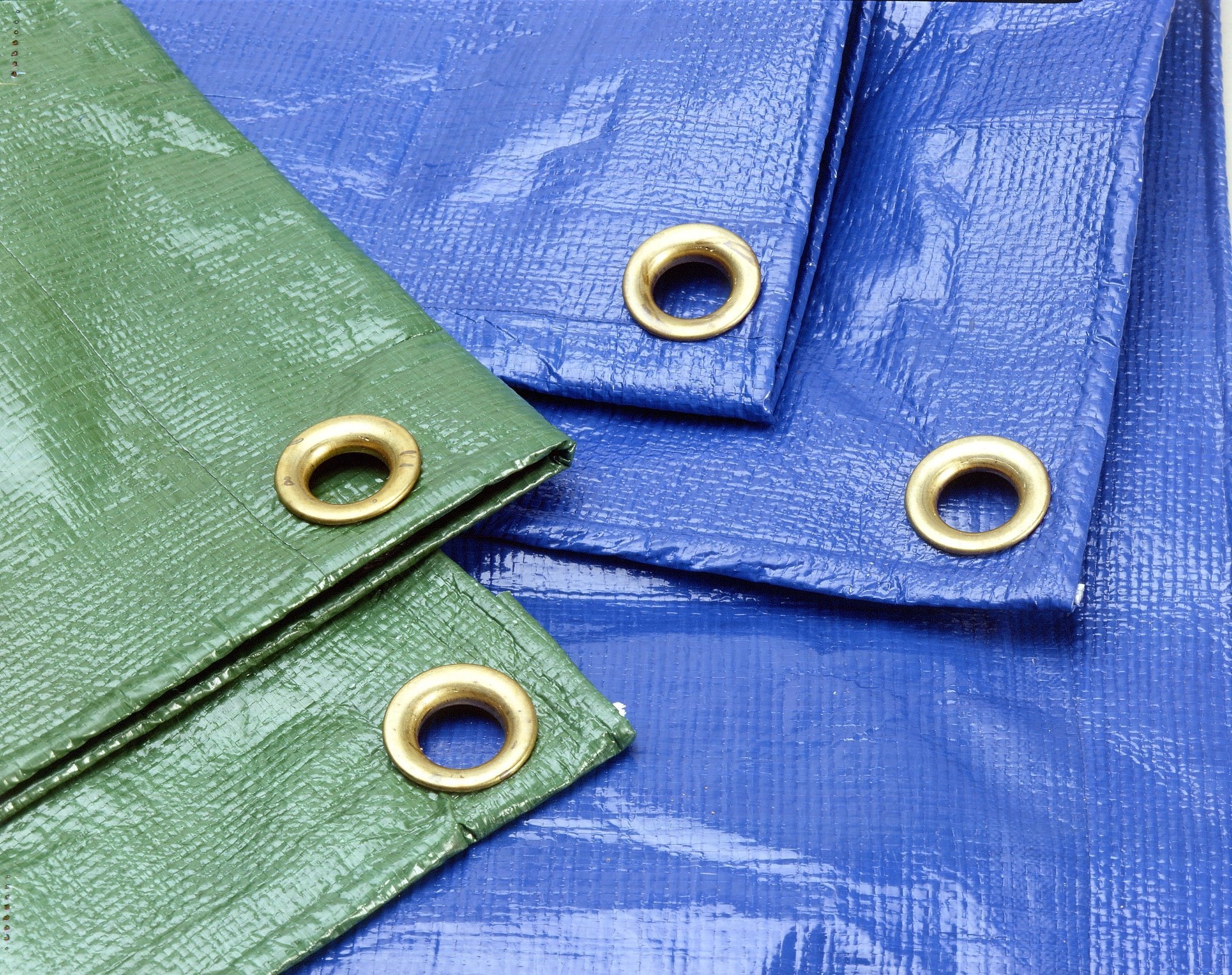
Polyester
Polyester is the leader among all synthetic fabrics. It is produced from fibers obtained by processing hydrocarbons and oil. Its greatest advantage is high wear resistance.
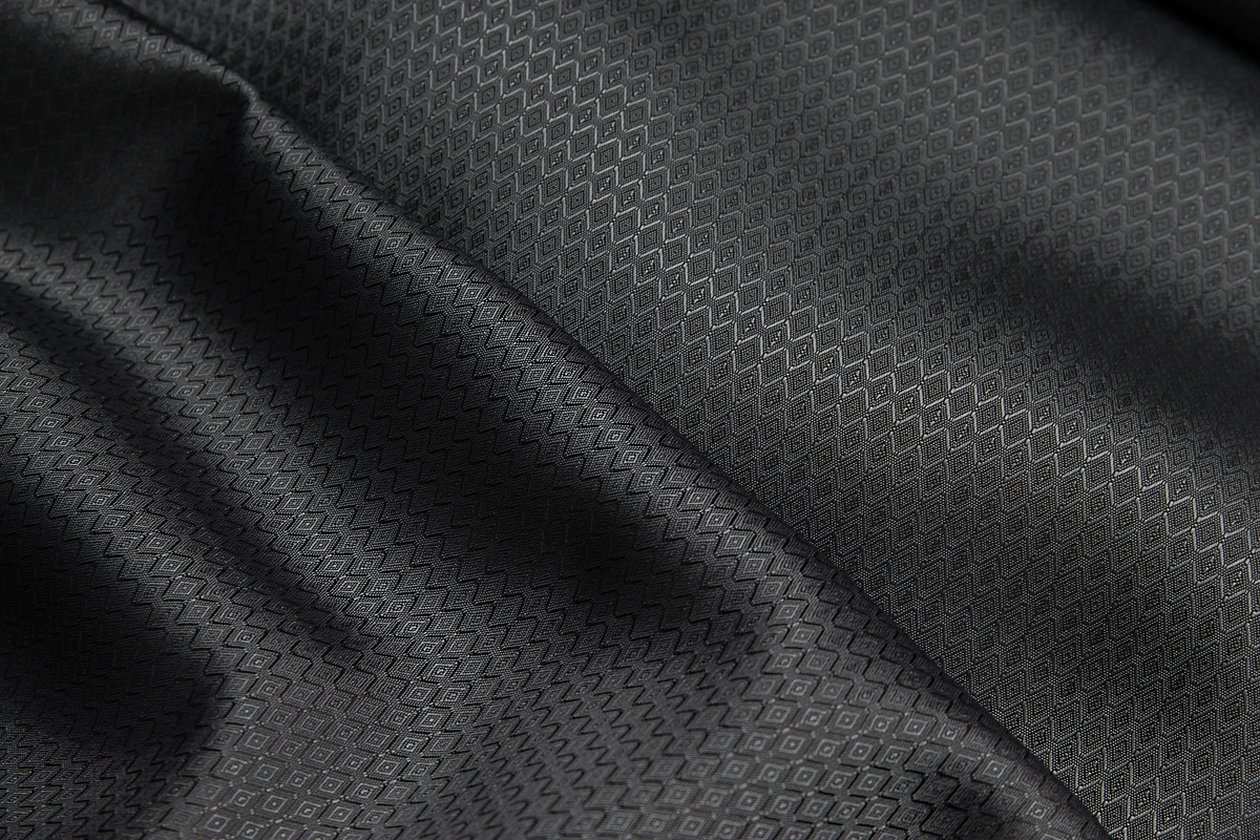
Polyurethane fibers are added to the polyester awning, which results in improved properties:
- lightness and the ability to hold its shape well;
- water resistance, has the property of viniplan;
- resistance to sunlight;
- easy to care for;
- resistance to mold and mildew;
- does not absorb excess odors;
- reasonable price;
- wide range of colors.
Of course, there are some drawbacks:
- awning fabric does not allow air to pass through well;
- at high temperatures it can melt and release chemicals harmful to the body (at temperatures above 90 degrees);
- The material is not hypoallergenic.
Note: If we talk about the material in general, it can last for a long time (with frequent use, from 10 years).
Nylon
A fabric made from polyamide threads with the addition of a special impregnation. It looks very similar to silk and can be in completely different colors.
Advantages of nylon:
- low cost compared to other materials;
- wear resistance (including resistance to tearing and kinking, resistance to deformation);
- not picky in storage and care;
- water resistance;
- waterproof;
- does not lose its attractive appearance throughout its entire service life;
- protects from wind;
- It keeps you cool in summer and warm in winter.
Application: an excellent choice for making a frame for a tent, inflatable swing, boat version, trailer for a truck.
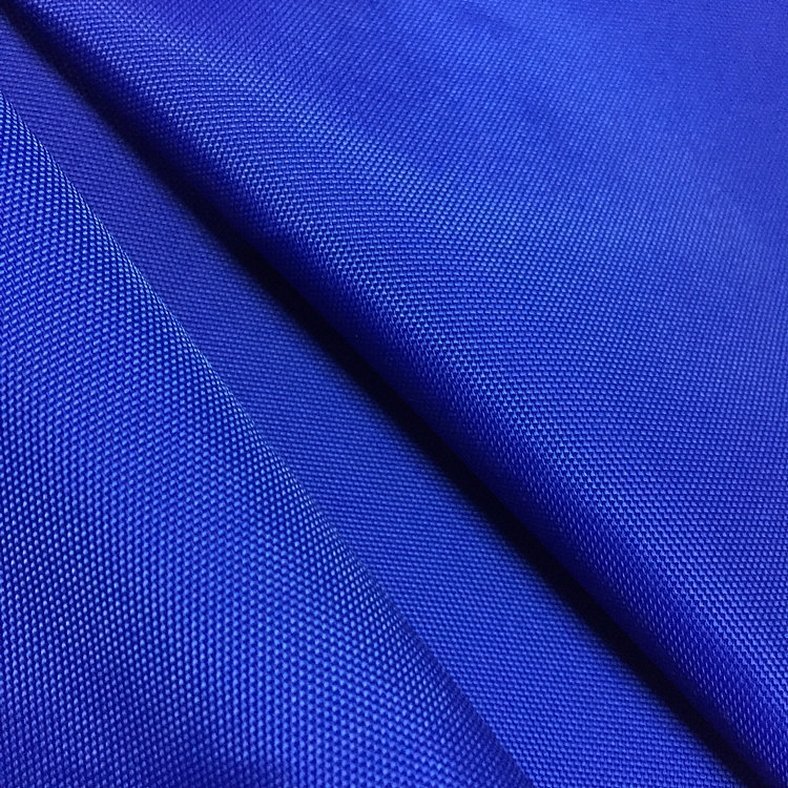
Disadvantages of nylon:
- As in the case of polyester, the material cannot be called hypoallergenic;
- operation under high temperatures is prohibited;
- electrifies;
- deforms when wet and dry (to the point that it may be necessary to re-tighten the awning, but silicone impregnation can solve this problem).
Oxford
The selected Oxford fabric for awnings is one of the best awning materials, it is used to sew tents and marquees of various purposes. The material is obtained from polyester fibers that are intertwined with each other like a mat. The threads can be thick in the range from 150 to 1800 den. Oxford has a number of strengths:
- resistance to strong winds, rains, water pressure;
- it is not afraid of frosts down to -50 degrees and ice;
- repels dirt;
- resistant to sunlight;
- does not deteriorate when exposed to household chemicals.

Interesting: When using additional impregnations, the fabric for the tent can acquire even more positive properties. A finished summer house for entertainment events using tents made of this material will be an excellent choice. The following types of materials are added to the material: PVC, lavsan, acrylic.
The biggest disadvantage of this material is the lack of breathability.
Taffeta
This is an awning fabric that is made from nylon or polyester fibers. In appearance, like nylon, it is similar to silk, but at the same time it is thinner and more durable. Taffeta is good:
- during strong winds;
- under external loads;
It dries quickly, does not let in sunlight and does not fade, retains heat and cold;

If you take good care of the fabric and store it at room temperature in a dry place, it will last a long time.
CORDURA
One of the densest fabrics, which is obtained by combining cotton fibers with nylon. During production, it is treated with polyurethane and DWR coating, due to which it protects very well from various natural elements. In addition, the cordura material:
- does not allow steam to pass through;
- resistant to high temperatures up to 85 degrees;
- does not fade;
- waterproof;
- soft and flexible.
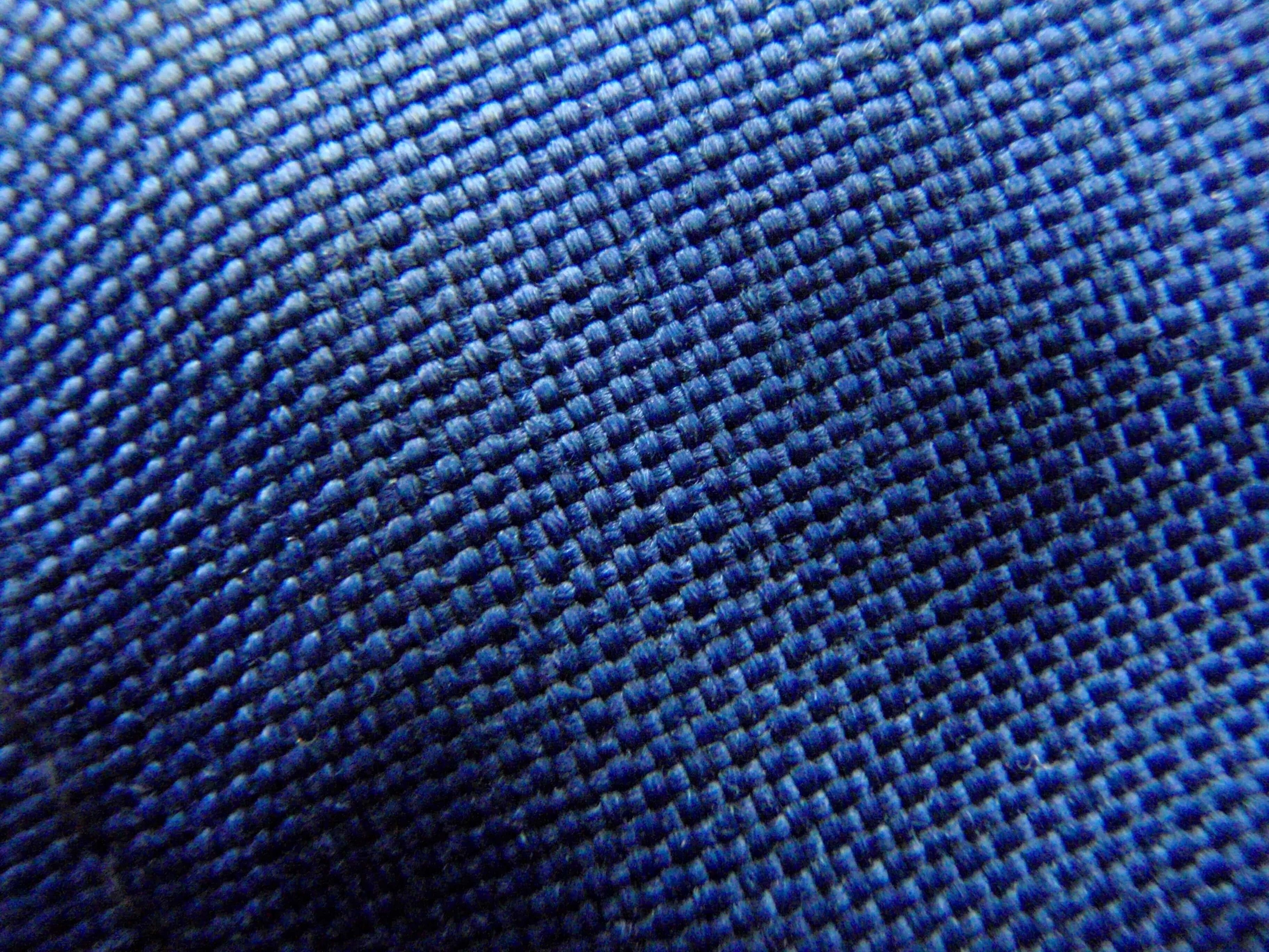
The disadvantages include:
- very heavy weight;
- instability to frosts below 25 degrees;
- loses its properties when exposed to ultraviolet rays for a long time;
- high price.
Lavsan
Polyester fabric, which is completely unpretentious and looks good. Such fabric for awning is used for open areas, including for the production of umbrellas for outdoor tables. Lavsan fibers are good in themselves and have a number of advantages:
- high strength;
- moisture resistance;
- resistance to sunlight;
- does not tear or wrinkle;
- not prone to mold;
- low price.
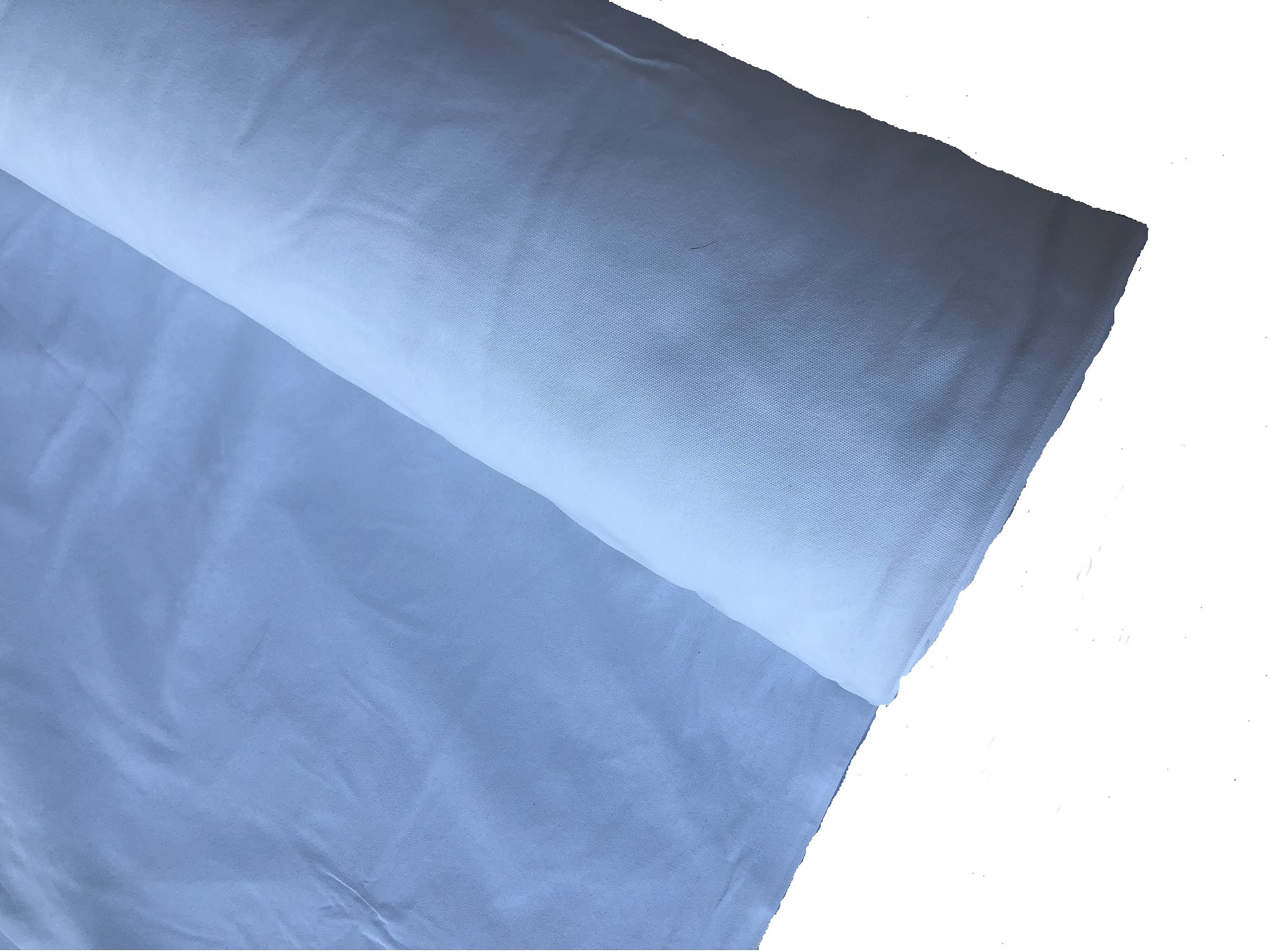
The disadvantages of lavsan are quite minor:
- poor air permeability;
- hard;
- electrifies.
Cotton awning fabrics
They are mainly used where a safe and budget material is needed. Natural fibers are used to produce:
- tarpaulin, which is a good fireproof, water-repellent, wear-resistant and environmentally friendly material with a service life of about 50 years;
- Tent fabrics are less dense than tarpaulin, but have similar properties and a more attractive appearance.
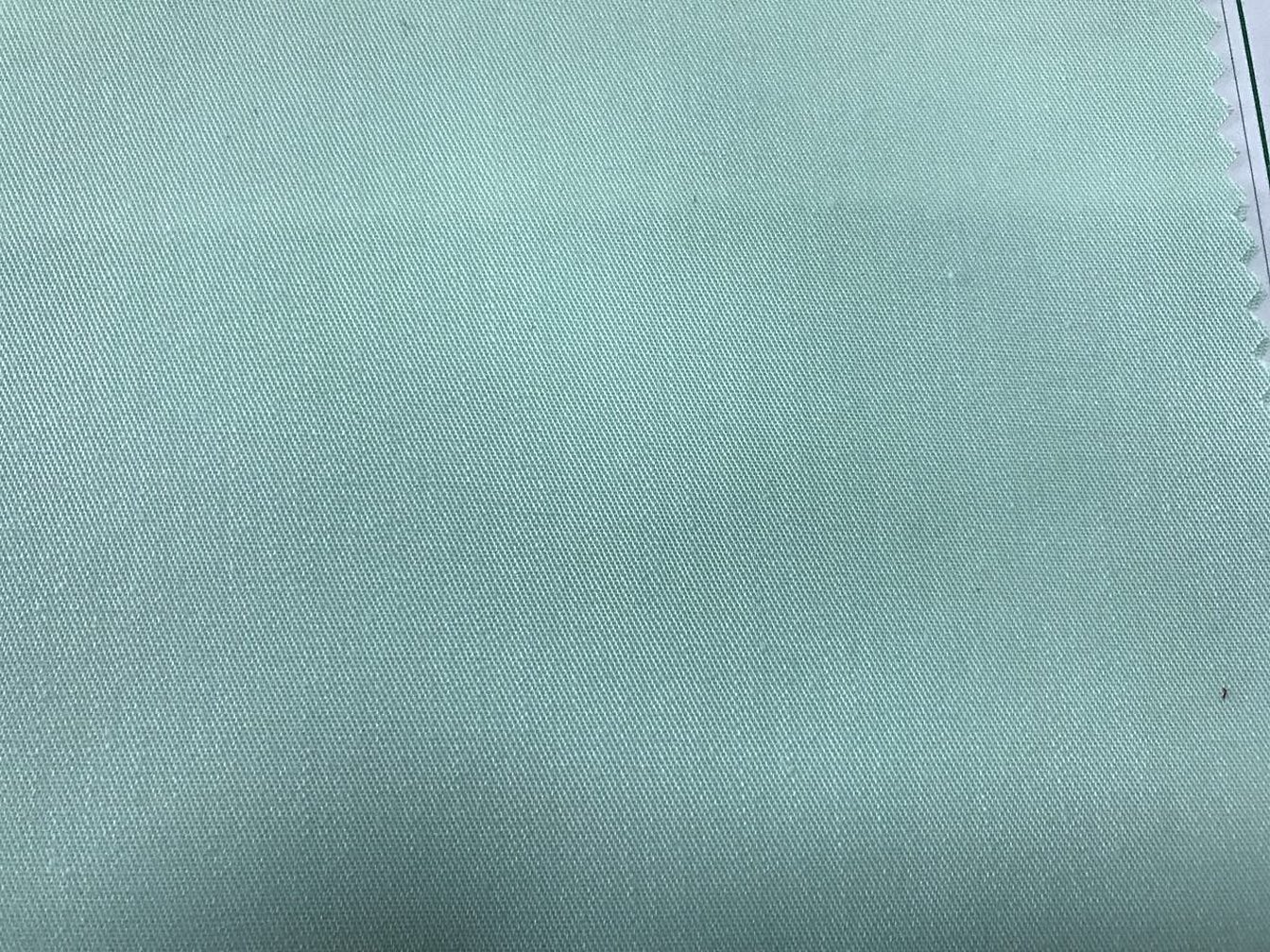
AttentionThe biggest advantage of any cotton fabric is that it is completely environmentally friendly.
Acrylic awning fabric
It is a polymer obtained from natural gas. It is used as outdoor tents in cafes and restaurants, for outdoor events, but not for hiking. It is often used as covers and awnings in boats, yachts and motorboats. The material has a number of advantages:
- wear resistance;
- resistance to fungus;
- vapor permeability;
- dries quickly;
- non-flammability.
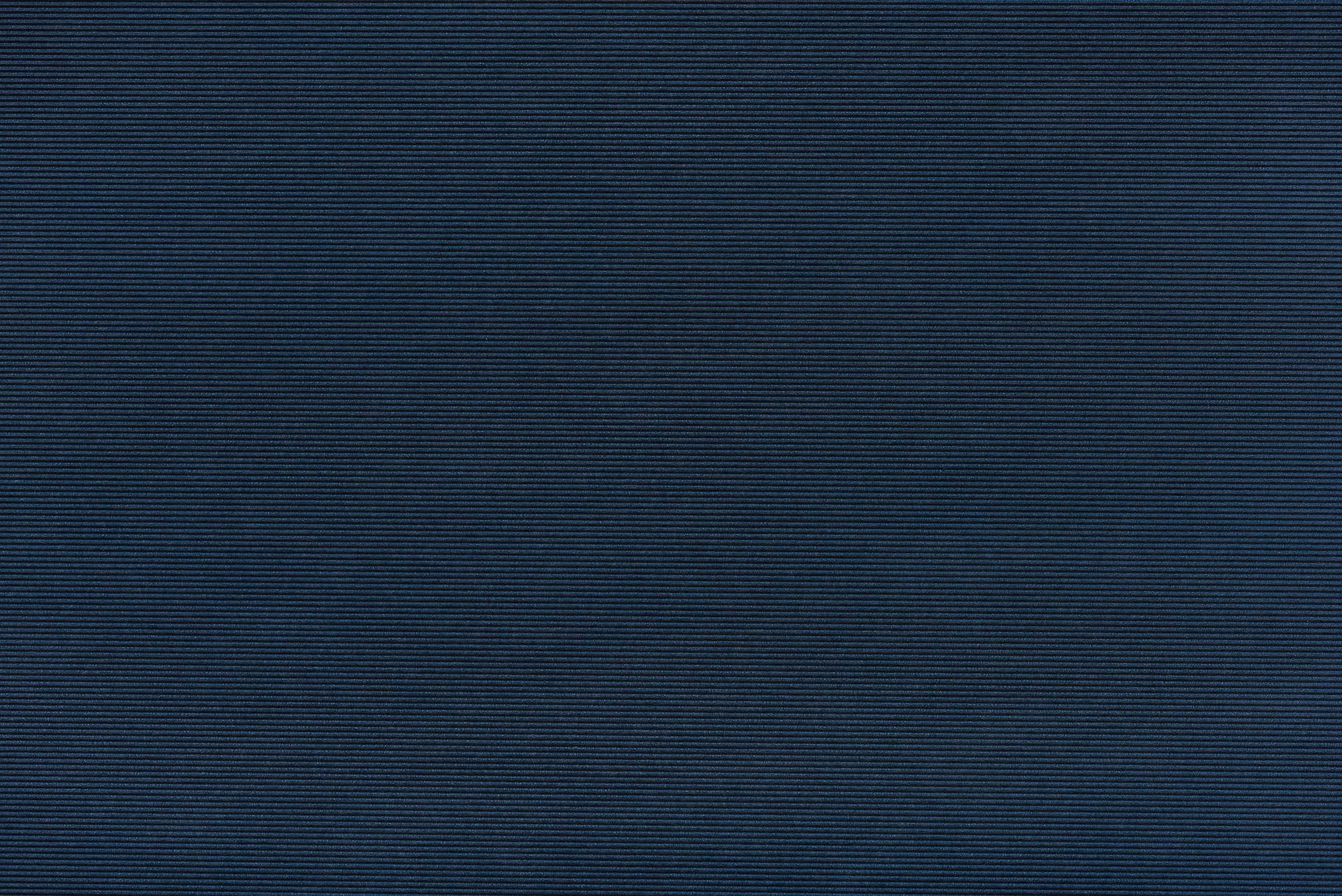
However:
- poor air permeability;
- coughing;
- electrifies.
Polyethylene
The material has appeared on the market relatively recently, but has already taken a confident position and is actively used in construction, the economic sphere, sports and tourism. Polyethylene has achieved this due to:
- water resistance;
- the ability to retain heat and cold;
- resistance to deformation;
- the possibility of recycling while maintaining all properties;
- transparent awning fabric is possible;
- low price.
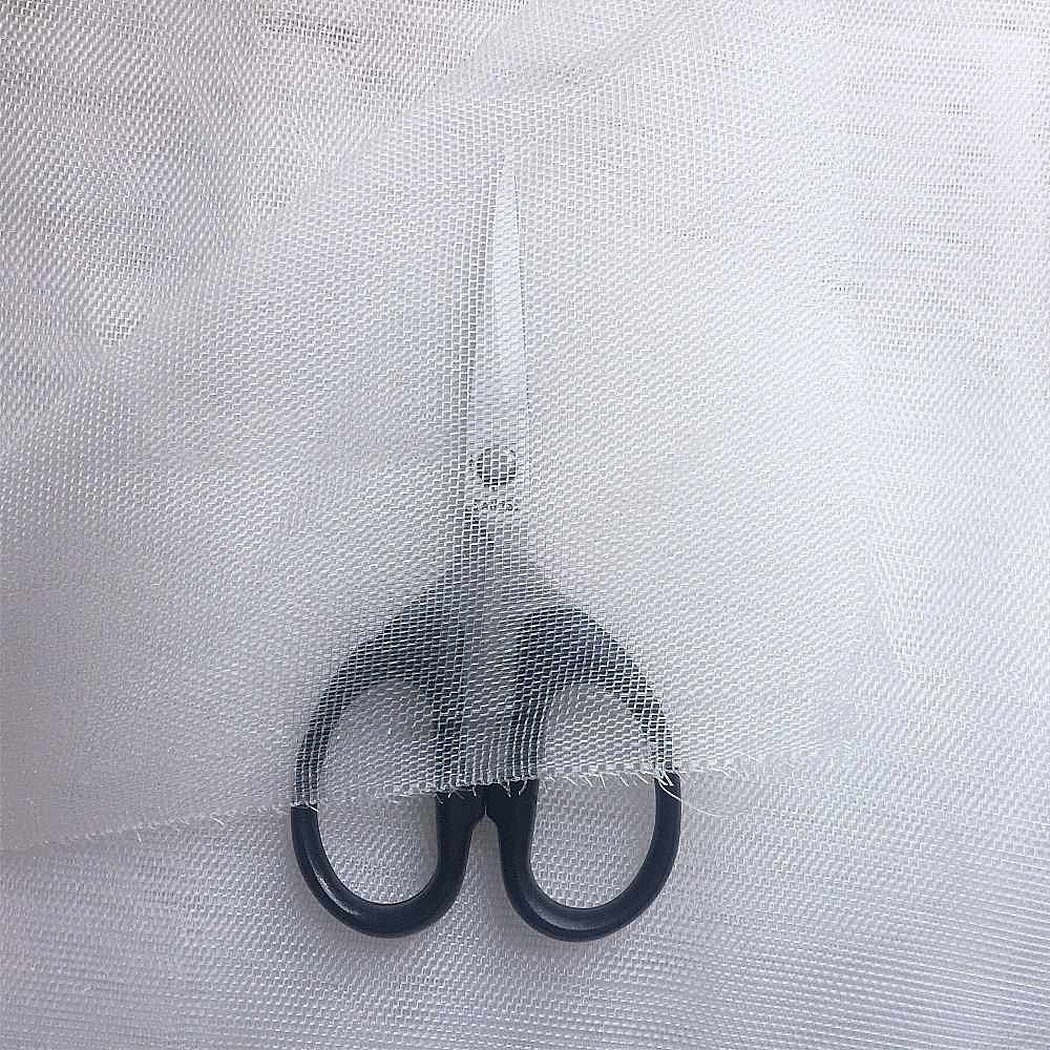
The service life of such material is up to 10 years.
Scope of application
Test fabrics have found wide application in the world. They are used for:
- shelters;
- cars;
- awnings for boats, motorboats and yachts;
- advertisements and banners;
- container roofs;
- hangars;
- railway carriages;
- drilling rig shelters;
- storage of agricultural products in the fields;
- unfinished buildings;
- protection from rain, snow and wind;
- production of tents, tourist tents, summer cottage awnings;
- wrestling tatami;
- inflatable attractions;
- children's complexes, etc.
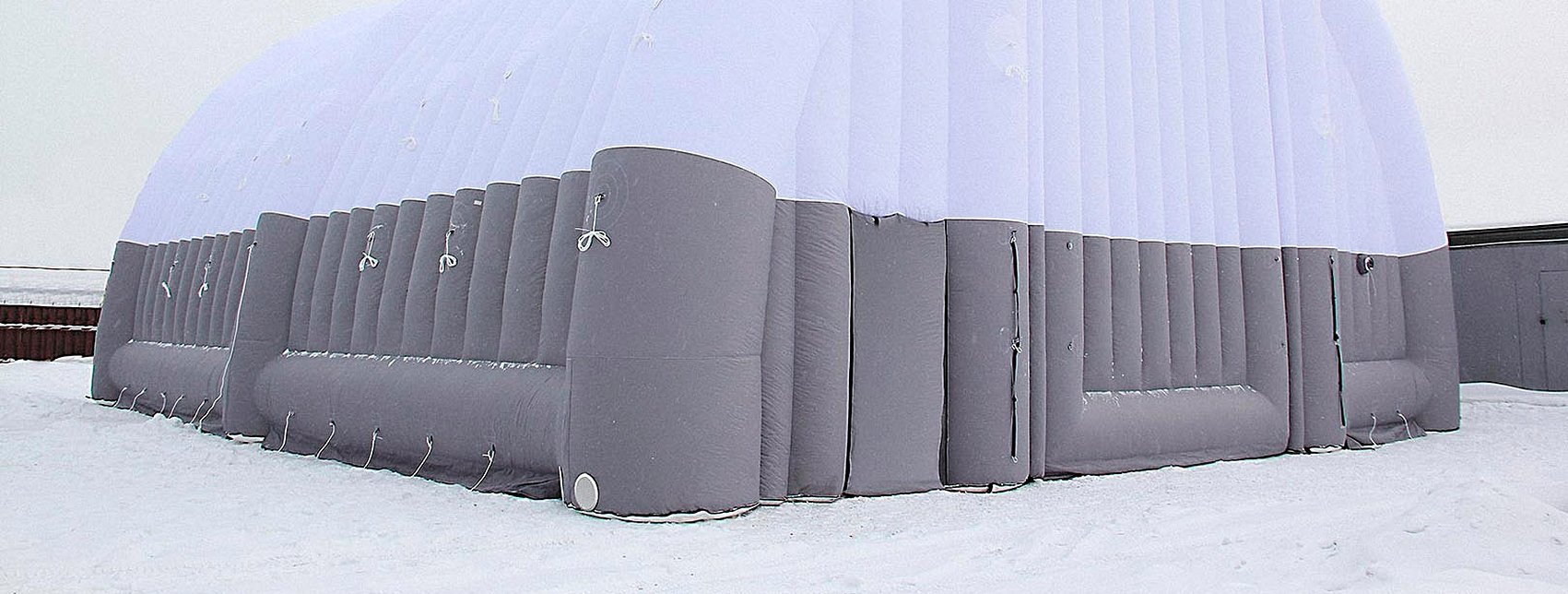
Properties of a feature
In order for the awning fabric to last a long time, it must meet a number of properties:
- strength;
- resistance to natural phenomena;
- resistance to sudden temperature changes;
- held its shape well;
- did not let water through;
- was light and flexible;
- did not let in any light;
- was wear-resistant;
- environmental friendliness;
- easy to care for;
- not picky about storage.
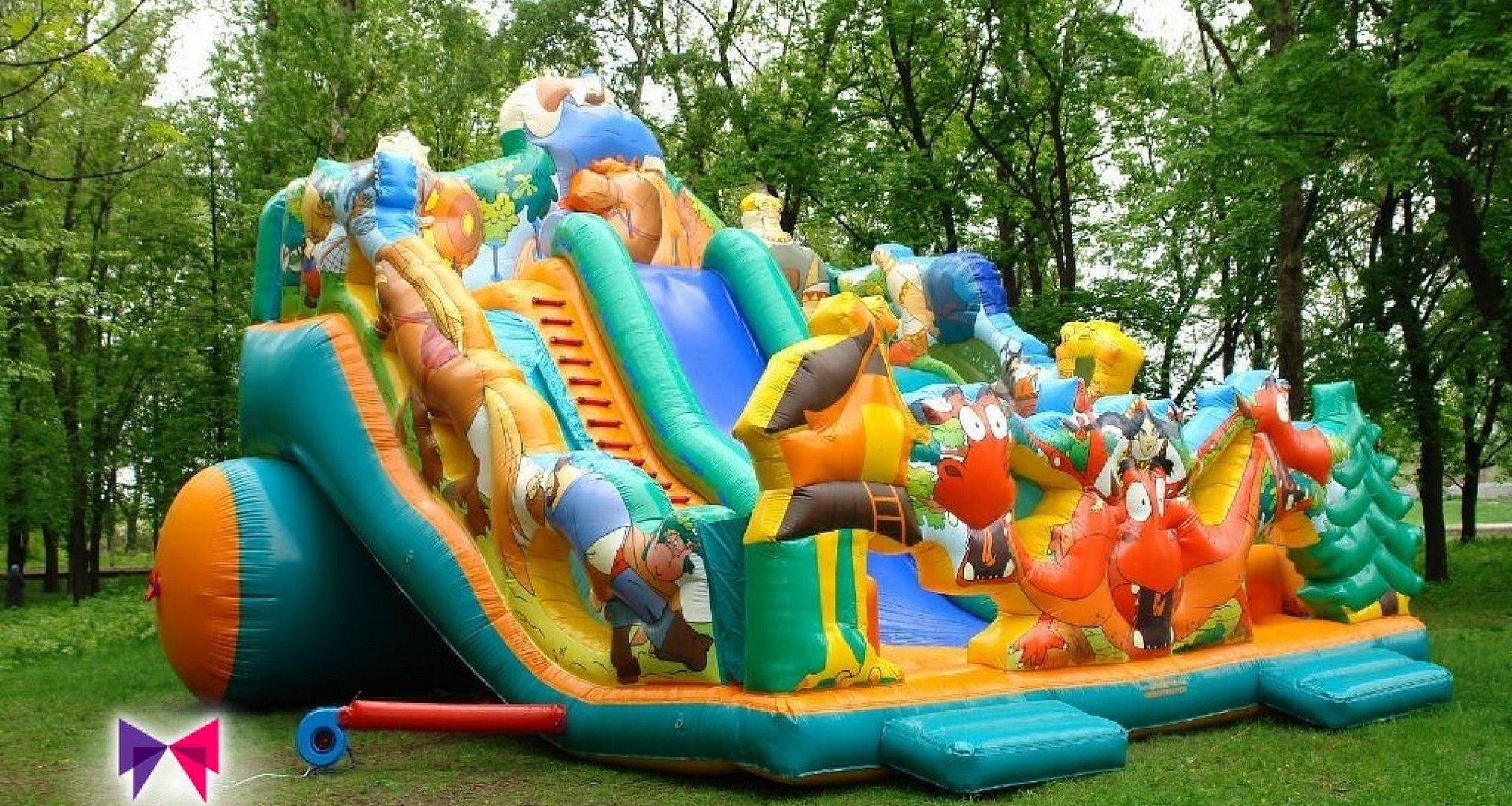
Thanks to these special properties, the product will serve for decades. All these features can truly be considered advantages of awning fabrics. Thanks to them, such fabric has a wide range of uses.
Advantages
It has a number of positive characteristics:
- hygroscopicity (absorption of moisture and certain substances, including fatty and concentrated mixtures);
- accumulate solid particles in the material (dust and dirt, and the material has these properties, in a wet or dry state);
- available price options for the proposed material.
Features of operation
Care for products made from this fabric is extremely simple. The main thing is to wipe it with a damp cloth every time it gets dirty and store it in a dry place.

Awning fabrics are good in appearance and have many properties that other fabrics do not have.

